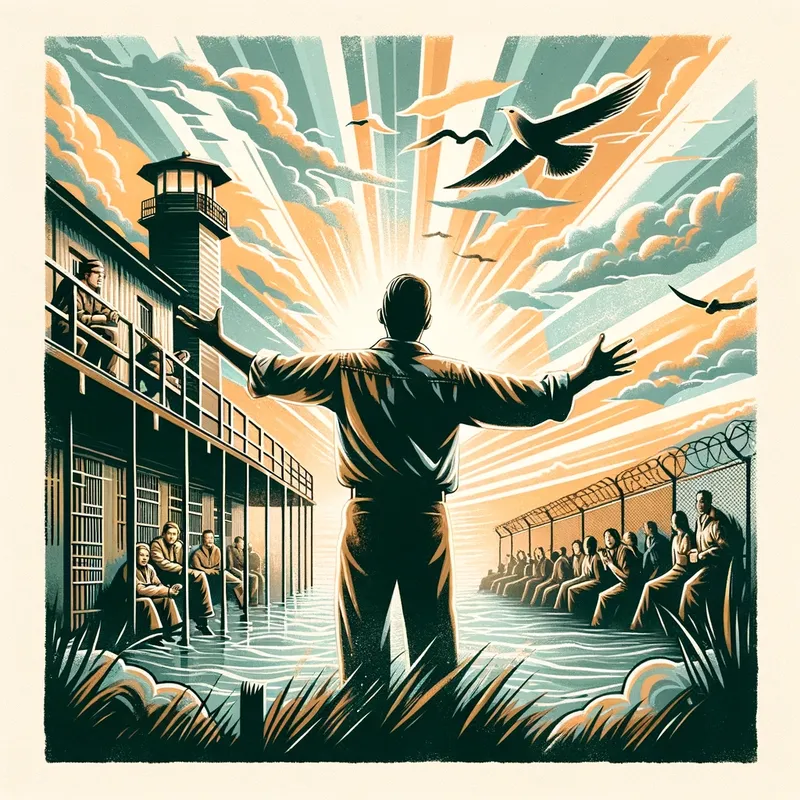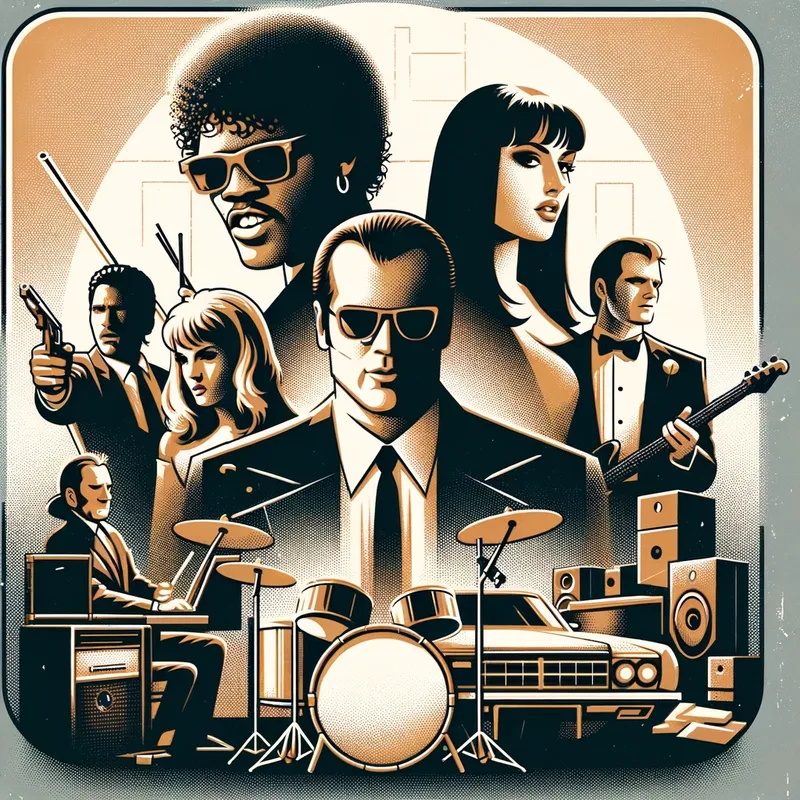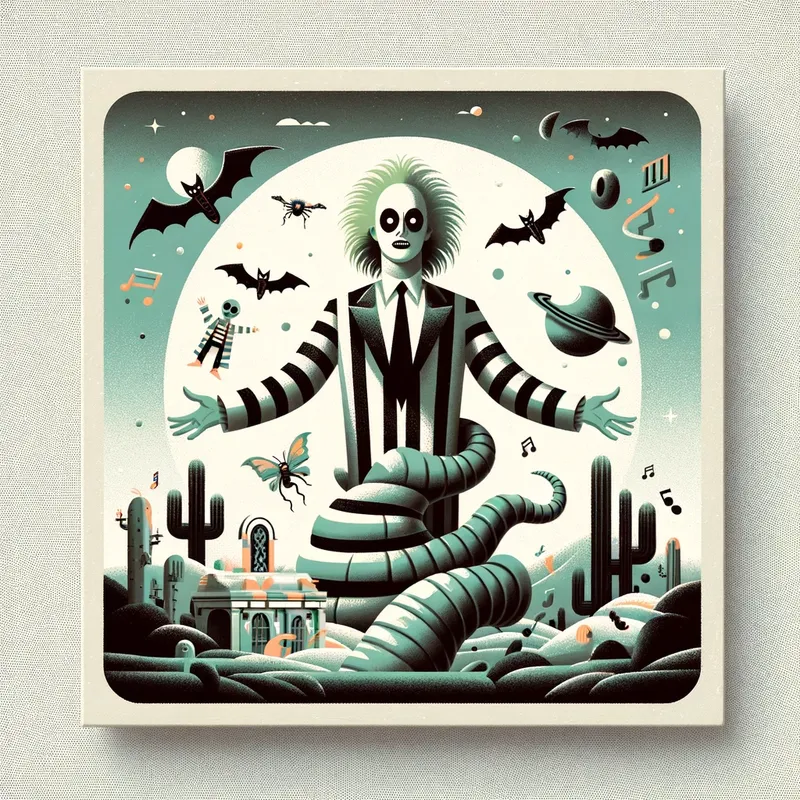The Shawshank Redemption Soundtrack – 8 Legendary Songs

“The Shawshank Redemption” – the classic 1994 film that, over time, has cemented its status as one of the most beloved movies ever. Directed by Frank Darabont and based on Stephen King’s novella, the movie wouldn’t be the same without its iconic and evocative soundtrack.
1. “Shawshank Prison (Stoic Theme)” by Thomas Newman
The Melody:
This instrumental piece serves as the underlying theme for the entire film. Calm, slow, and resonating, it sets the tone for the story – one of hope amid despair.
Why It’s Memorable:
It’s the first tune we associate with Andy Dufresne’s arrival at Shawshank. It encapsulates the feeling of the prison – massive, unyielding, and stoic. Yet, as the melody unfolds, there’s a subtle undertone of hope, much like Andy’s demeanor throughout the movie.
Trivia Tidbit:
Thomas Newman, the composer, is renowned for his ability to capture the essence of a story through music. He’s been nominated for multiple Academy Awards throughout his career!
2. “If I Didn’t Care” by The Ink Spots
The Melody:
This classic 1939 song by The Ink Spots echoes through the prison as Andy arrives at Shawshank.
Why It’s Memorable:
The choice of this song, given its era and themes, is almost ironic. It plays as we’re introduced to Shawshank, a place where care and affection are in short supply. Yet, the relationships that develop within those walls become the heart of the story.
Trivia Tidbit:
The Ink Spots were a significant influence in the 1930s and 40s, known for their tight harmonies and ballad-style songs. “If I Didn’t Care” is one of their best-selling records.
3. “Zihuatanejo” by Thomas Newman
The Melody:
Named after the idyllic town Andy describes to Red, this track captures the essence of hope, dreams, and the promise of freedom.
Why It’s Memorable:
It’s the music that plays when Red decides to break his parole and head to Mexico, in search of his friend and a new beginning.
Trivia Tidbit:
Zihuatanejo, the place, becomes a symbol of hope and freedom in the story.
4. “Suds on the Roof” by Thomas Newman
The Melody:
Another instrumental masterpiece by Newman, this track plays during a turning point in the film, when Andy shares his escape plan with Red.
Why It’s Memorable:
The title itself is a nod to Andy’s roof-tarring work, which earns him and his friends beers on the house. Andy’s ingenious ways, from the roof-tarring scene to his ultimate escape, are underscored by that tracks.
Trivia Tidbit:
The beer scene on the roof was a real turning point, where inmates felt “like free men” for a brief moment. Newman’s track encapsulates that fleeting feeling of freedom.
5. “Lovesick Blues” by Hank Williams
The Melody:
Played on the harmonica by Tommy in one scene, this classic country track adds a touch of authenticity to the film’s setting and time.
Why It’s Memorable:
Beyond its direct appearance, it’s representative of the broader theme of inmates clinging to memories and fragments of the outside world, keeping their spirits alive.
Trivia Tidbit:
Hank Williams, one of country music’s most significant icons, recorded “Lovesick Blues” in 1949.
6. “Mozart’s The Marriage of Figaro”
The Melody:
Andy plays this opera over the prison’s PA system, giving the inmates a few minutes of transcendence.
Why It’s Memorable:
As Red narrates, for those few minutes, the inmates felt free. The powerful vocals of the opera juxtaposed against the grim reality of prison life creates one of the film’s most iconic moments.
Trivia Tidbit:
In the novella, Andy actually plays a selection from Mozart’s “The Magic Flute.” The film’s choice, however, seems to have hit the right chord with the audience.
7. “Brooks Was Here” by Thomas Newman
The Melody:
A deeply moving piece, this track accompanies one of the most poignant moments in the film: Brooks Hatlen’s release and subsequent struggle with the outside world.
Why It’s Memorable:
The gradual progression of the music, from a hint of optimism to the overwhelming weight of sadness, mirrors Brooks’ journey.
8. “So Was Red & End Credits” by Thomas Newman
The Melody:
This piece serves as a reflection and a send-off, summarizing Red’s journey throughout the film. It starts slow, mirroring Red’s initial skepticism, and gradually builds up, encapsulating his evolution and the film’s hopeful message.
Why It’s Memorable:
As we look back at Red’s transformation from a skeptic to someone who embraces hope, the music perfectly encapsulates this change.


